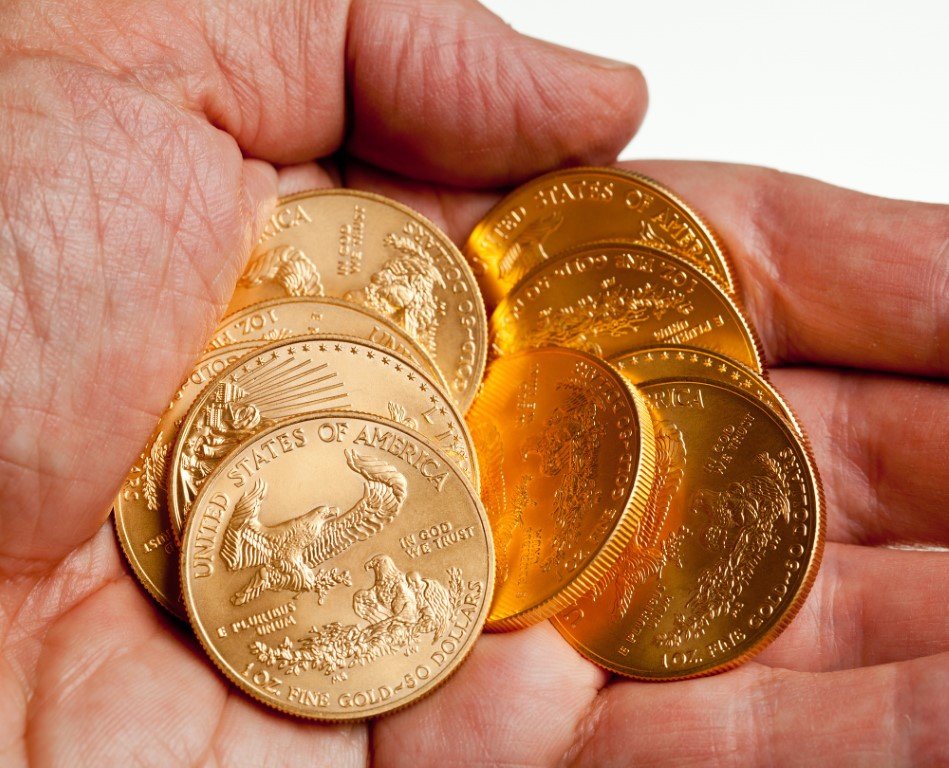
If you’re over the fence about adding gold IRA to your retirement portfolio, then this is a good place to pause and learn more about it. More and more Americans are taking advantage of the shiny, yellow metal and its stable prices as a retirement investment.
What is an IRA?
IRA stands for Individual Retirement Account. An IRA allows you to save for retirement with tax-free growth.
When retirement comes, you want to be financially ready and comfortable. It’s estimated that during retirement, you may need up to 85% of your pre-retirement income to live comfortably. Often times, your pension and social security won’t be enough, which means using up your savings. This is why many experts advise investing in an IRA.
There are three basic types of IRAs:
Traditional IRA: Any time you make a contribution to a traditional IRA, the amount of your contribution reduces your taxable income for the year. You won’t be taxed on the gains until you withdraw them.
Roth IRA: It’s similar to a traditional IRA, but differs in how you’re taxed. In a Roth IRA, you pay taxes on what’s going on, rather than on withdrawal.
Rollover IRA: In a rollover plan you transfer funds from your last place of work retirement plan, such as a 401 (k) into an IRA. If this is something that you’re interested in, be sure to research on 401k rollover to gold without penalty for more information.
You should try to contribute the maximum amount to your IRA each year to get the most out of these savings.
Self-Directed
If you’re wondering about the role of the IRS in this, the IRS allows explicit types of IRAs labeled as “self-directed” allowing IRAs to hold gold, silver, platinum, and palladium, and are IRS approved. A gold IRA can only be invested in actual gold, be it specific coins or bars; a gold IRA is best when it’s self-directed.
Now that you know some facts, let’s get into the pros and cons of gold-backed IRA.
Pros
Hedge Against Inflation: Your nest egg is always at risk due to inflation and a fluctuating market. Gold has always been used as a currency, making it a safe haven investment. While it’s in your retirement portfolio, you lessen the risk of being affected by inflation, or other forms of economic crises.
Having Leverage: With a traditional IRA or 401 (k) you have little to no say in your investments. As the name implies, a self-directed IRA gives you the freedom to buy or sell and make your own investment decisions.
Low Risk: Gold is a low-risk investment since even when the price of it changes, its value isn’t affected much.
Low Start-up Costs: The initial costs to start up a Gold IRA is often low, especially if you go with one of the top companies recommended by http://www.irainvesting.com/gold-ira-reviews/ where you’ll find 50 of the largest and most prominent names in the industry reviewed. This review has done much of the groundwork for you to make your choice easier and one that meets your retirement plans.
Decrease your Tax Burden: As long as you don’t sell it, it’s a tax-efficient investment. It’s the best place to own gold because if sold, it would be taxed as a collectible at a rate of 28% in a taxable account. If held for one year, it’s taxed as a short-term gain at regular income tax levels.
No taxes are imposed on gold-backed IRA on its gains, as long as those gains remain within the account. This is true regardless of whether the gold retains its physical metal form or when it is sold or liquidated as long as there hasn’t been any withdrawal.
Cons
No Interest, Dividends, or Yields: Unlike money, there is no interest in gold. The only returns you can get are if the price of gold increases. Their short term price swings can be volatile too.
Extra Fees: You aren’t allowed to keep a gold IRA at home. There are regulations and rules clearly put out by the IRS that you must follow concerning the storage and the custodians of metal investments. Custodians are reasonable for the metal from purchasing to shipping to transporting to storing. This means paying annual custodian and storage fees.
Funding Restrictions: The rules prohibit you from sending any precious metals already owned by you to fund your gold IRA. You’re also not going to be able to buy them and send them to your IRA administrator. The custodian has to buy them on your behalf.
Even when the dollar and the economy are strong, there’s a popularity of investing in gold. Gold-backed IRA offers a diversion in retirees’ portfolios. It’s a means to keep your savings safe. As history has shown us time and time again, it’s difficult, if even possible, to go wrong with gold.








